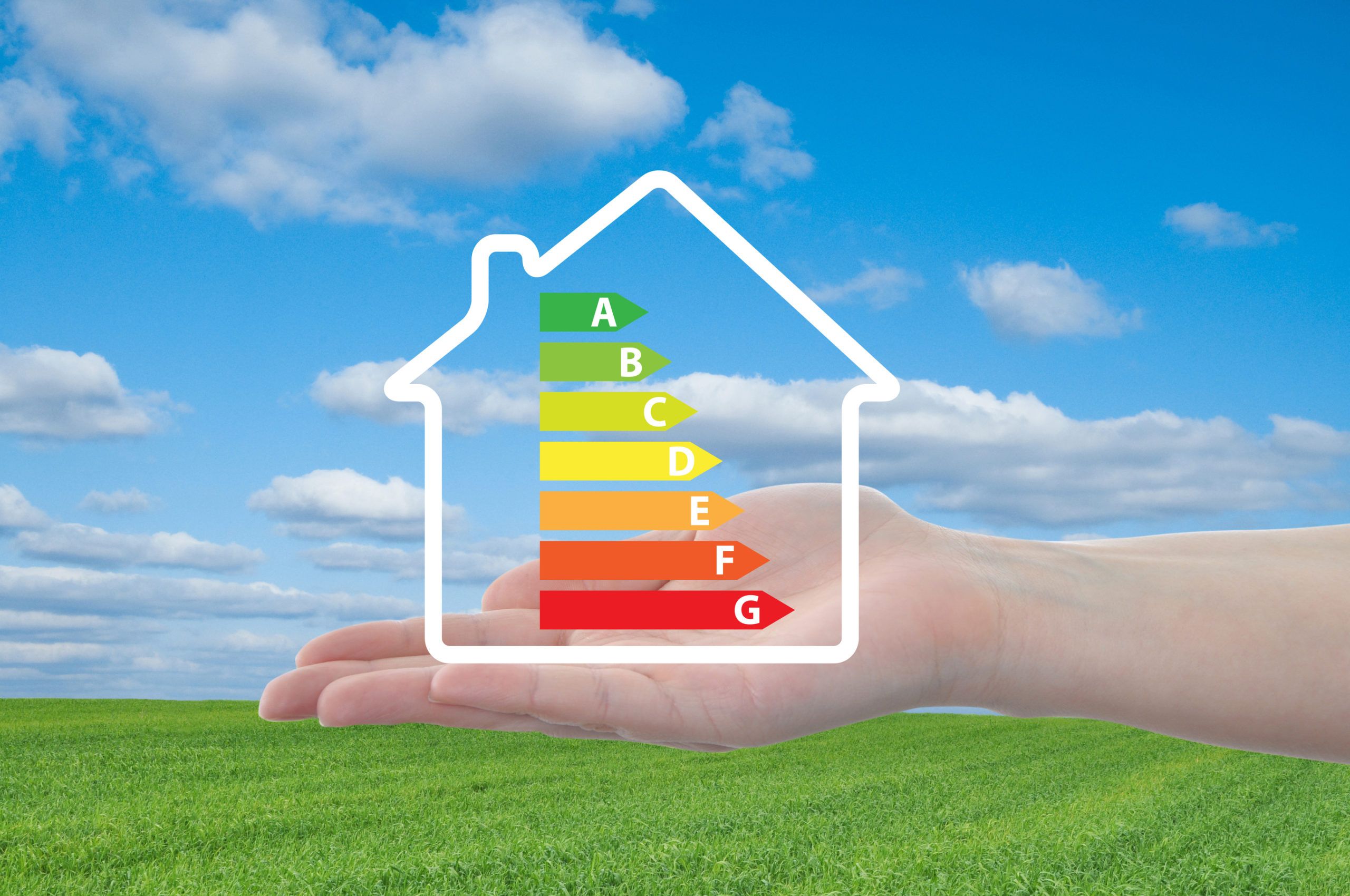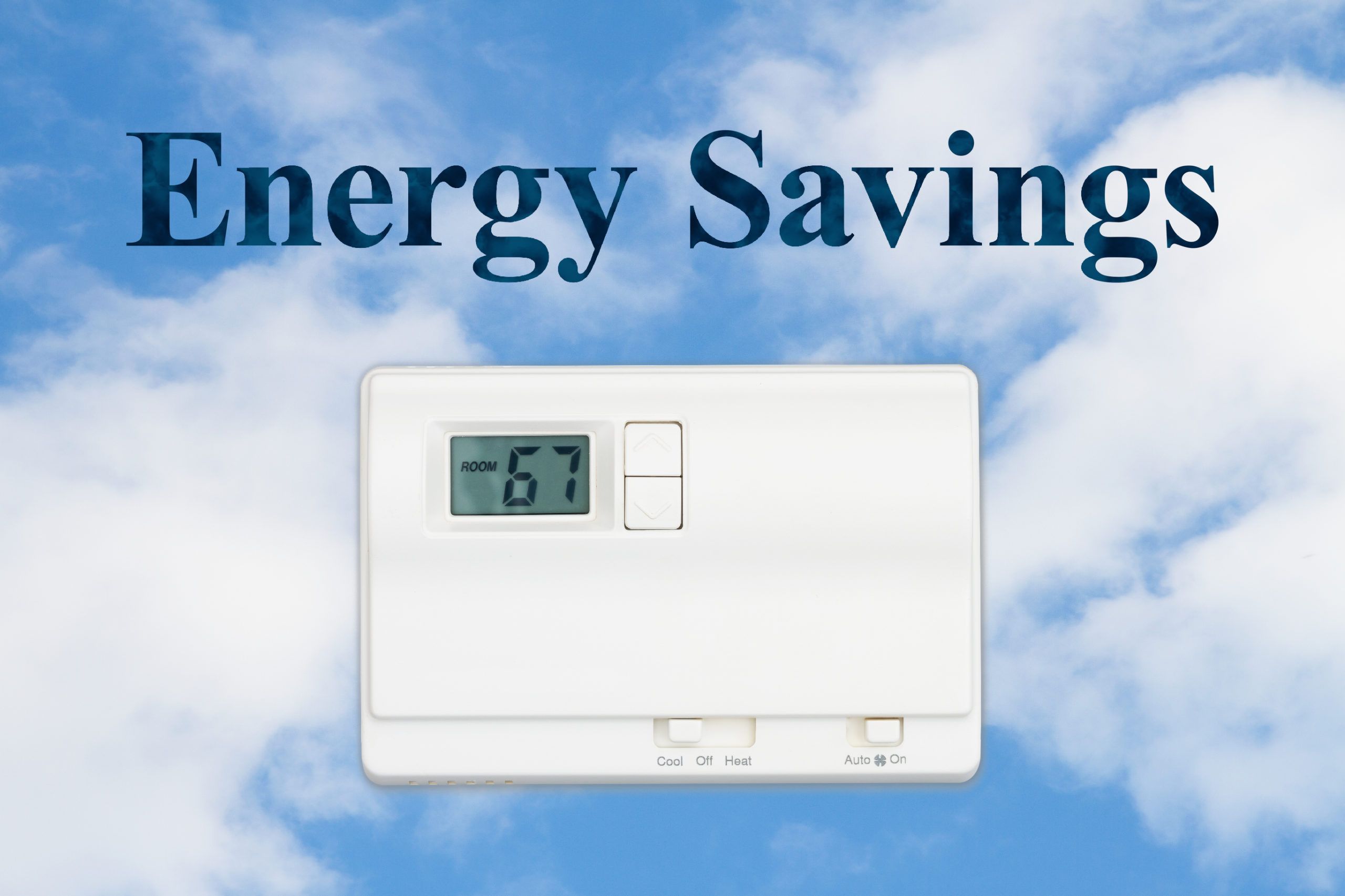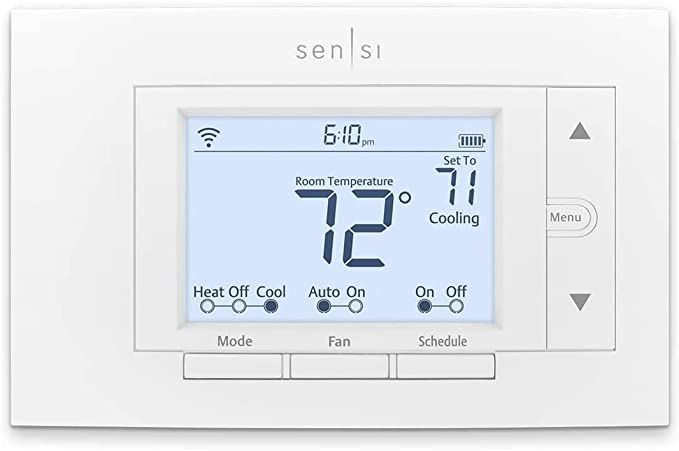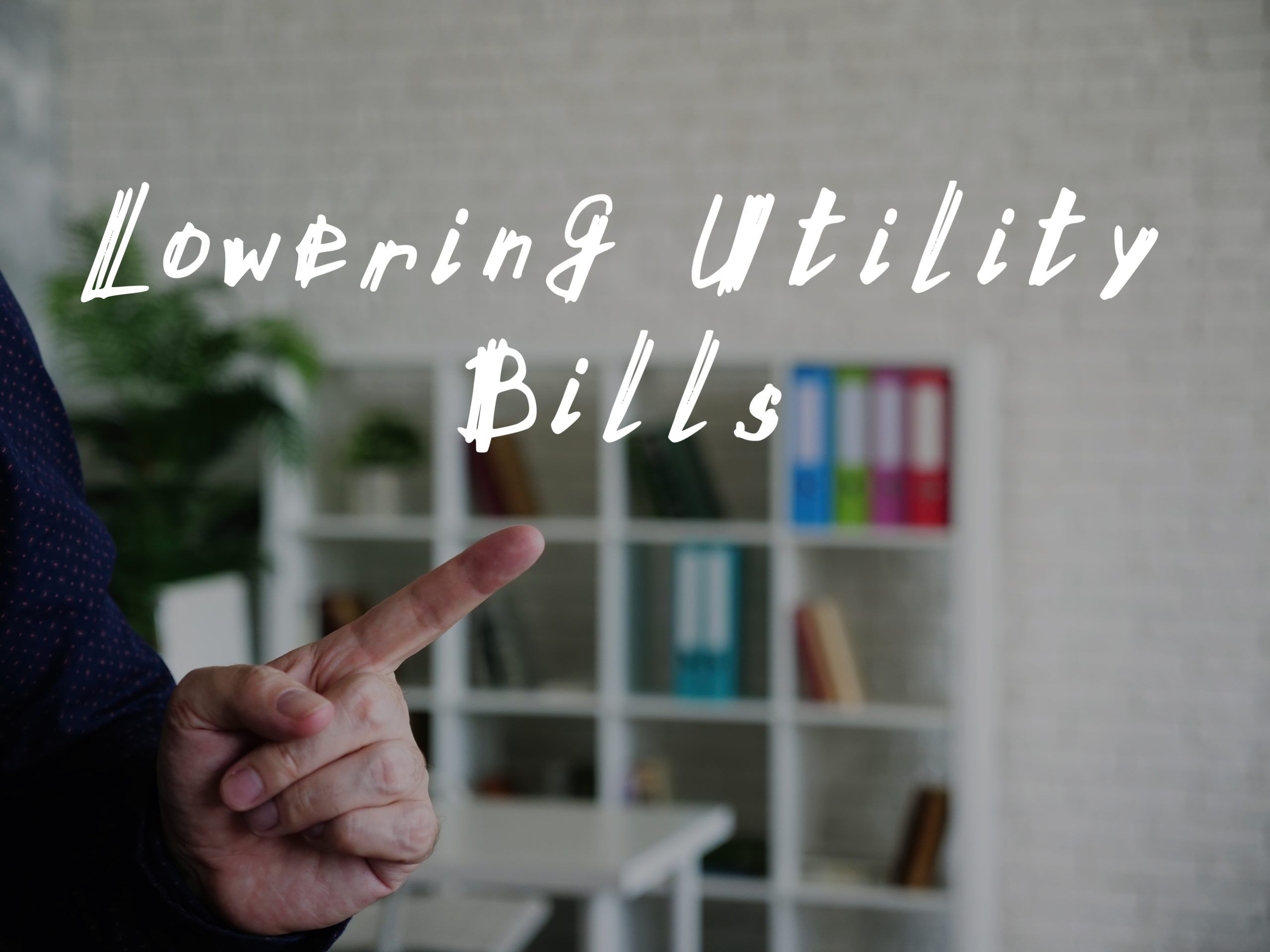All About Short Cycling
If your heating and cooling system is less than 15 years old, it is very likely that you have a high-efficiency air conditioner. As an Arizona resident, you know that even with a high-efficiency system your monthly electrical charge for air conditioning can be substantial. If your monthly electrical bill is higher than you expected, your air conditioner may not be operating as efficiently as it should. It may be something you can fix yourself, or it may be time to call a heating and cooling expert.
What Is Short Cycling?
Even on the hottest days, air conditioners do not run continuously. They operate in cycles. The cycle starts when your thermostat senses that room temperature has reached the maximum temperature setting. You hear the air conditioner turn on and begin circulating cooler air inside your home. The cycle ends when the inside temperature has been reduced by a few degrees and the air conditioner turns off and waits for the temperature to rise again before starting another cycle.
All air conditioning systems and homes are different, but the cooling cycle typically lasts for 15 to 20 minutes. If the cycle time on your system is significantly lower than that, you may be experiencing short cycling.
What Causes Short Cycling?
Following the repair technician’s No. 1 rule, always check the simplest and easiest item to fix first: the air filter. A dirty filter can prevent fresh air from getting into the system, causing it to overheat and shut down. If you are experiencing short cycles, check the filter first. If replacing the filter does not eliminate the short cycling, it is time to move to the next easiest solution: checking the outside air conditioning unit to see if it is frozen. Dirty filters or other mechanical problems can cause outside units to freeze. If frozen, turn the air conditioner off and give it time to thaw.
Another cause of short cycling could be if your system is low on refrigerant. A service technician can check and add refrigerant if necessary. If refrigerant was low, there may be a leak, and a technician can repair that as well. Was your air conditioner replaced in the winter? Cold weather makes it difficult to determine the amount of refrigerant needed. The problem may be easy for a technician to repair.
Loose or corroded electrical connections can also cause short cycling. Call an HVAC technician. If your system is oversized for your home, there is a significant risk that short cycles will develop. Energy efficiency is maximized when the unit is properly sized for the home. Too big or too small of a system will cause operational problems and reduce efficiency.
If you are experiencing short cycling, your air conditioner is not operating at peak efficiency. If your filters have been replaced and short cycling continues, check for a frozen outside unit. If you allow the frozen unit to thaw and it freezes again, then it is time to call a technician. The technicians at Semper Fi Heating & Cooling are highly qualified experts at diagnosing the problem and getting your system back to peak efficiency.










